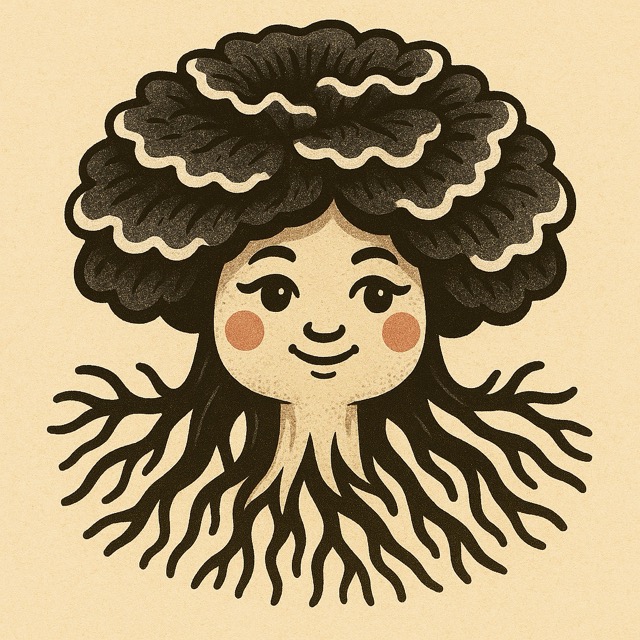DailyWhispers MVP: Day 3
🌿 Week 1 – Day 3: Lovable Magic, and the Hard Part of Aesthetics
Today felt like an exciting leap forward.
With just a few prompts, Lovable helped me build an interactive web app that would have taken me days—or even weeks—if I coded everything by hand. The Morning & Evening tabs, the History streak, the confirmation page… they all came alive so fast it felt like magic.
The app is already live here: https://dailywhispers.lovable.app.
But then I hit the hardest part of all—getting the aesthetic right.
⚡ What surprised me most
- How fast Lovable can create a working MVP. It’s like having a co-pilot who instantly scaffolds the code. You describe the logic, and boom—the components appear.
- How slow and subtle it is to refine design and animation. I asked for a soft Zen moonrise in the evening confirmation… and got a PowerPoint-like circle sliding up instead.
It turns out describing “ink-and-brush style” in words is much harder than describing functionality.
🖌️ What does brush-and-ink style really mean?
When I say Chinese brush-and-ink style, I imagine:
- Soft edges, never perfectly geometric. Ink bleeds slightly into rice paper, creating uneven gradients.
- Organic movement. Nothing slides mechanically; it flows, like water finding its path.
- Texture of the medium. A stroke is not flat color—it has depth, places where the brush pressed harder, places where it faded.
- Silence and space. It’s about what’s not painted as much as what is.
But how do you translate this for a machine?
An LLM behind Lovable understands words like fade, opacity, radial-gradient, but it doesn’t see the cultural weight of a Zen ink painting. So it gives you CSS animations—mathematically smooth, not poetically uneven.
I realized that if I want AI to get closer to the feeling I hold in my mind, I must describe it in two layers:
- The emotional layer (calm, meditative, flowing like ink)
- The technical layer (soft blur edges, random opacity noise, SVG texture masks)
This is the bridge between human aesthetic language and machine instruction.
🧭 What I learned today
- Working with GPT/Lovable means thinking like a designer and a developer.
- You can’t just say “make it beautiful.” You need very precise specs: where the text sits, how it fades, what kind of texture it should mimic.
- LLMs (Large Language Models)—what Lovable uses behind the scenes—are great at logic and structure, but they struggle with subjective aesthetics.
- They can guess what “fade-in” means, but “Zen ink wash moonrise” is a whole different challenge.
- Even with AI, art direction still needs a human.
- The mood you want lives in your head—and guiding an AI to that exact mood is a skill in itself.
🌙 The joy and the frustration
It’s thrilling to watch something you imagined become clickable, interactive, real in hours.
But it’s equally humbling to see how hard it is to express a feeling through code.
The AI will give you a circle. You wanted a moon in an ink painting. There’s a gap—and that gap is where human imagination still matters.
⏭️ What’s next
Tomorrow, I’ll keep finetuning the animations, and then learn how to turn this into a PWA so it can live on a phone like a real app.
This feels like a journey not just of building an app, but of learning how to communicate beauty to a machine.
Even a whisper to a machine takes patience, like coaxing ink to flow gently across paper.
